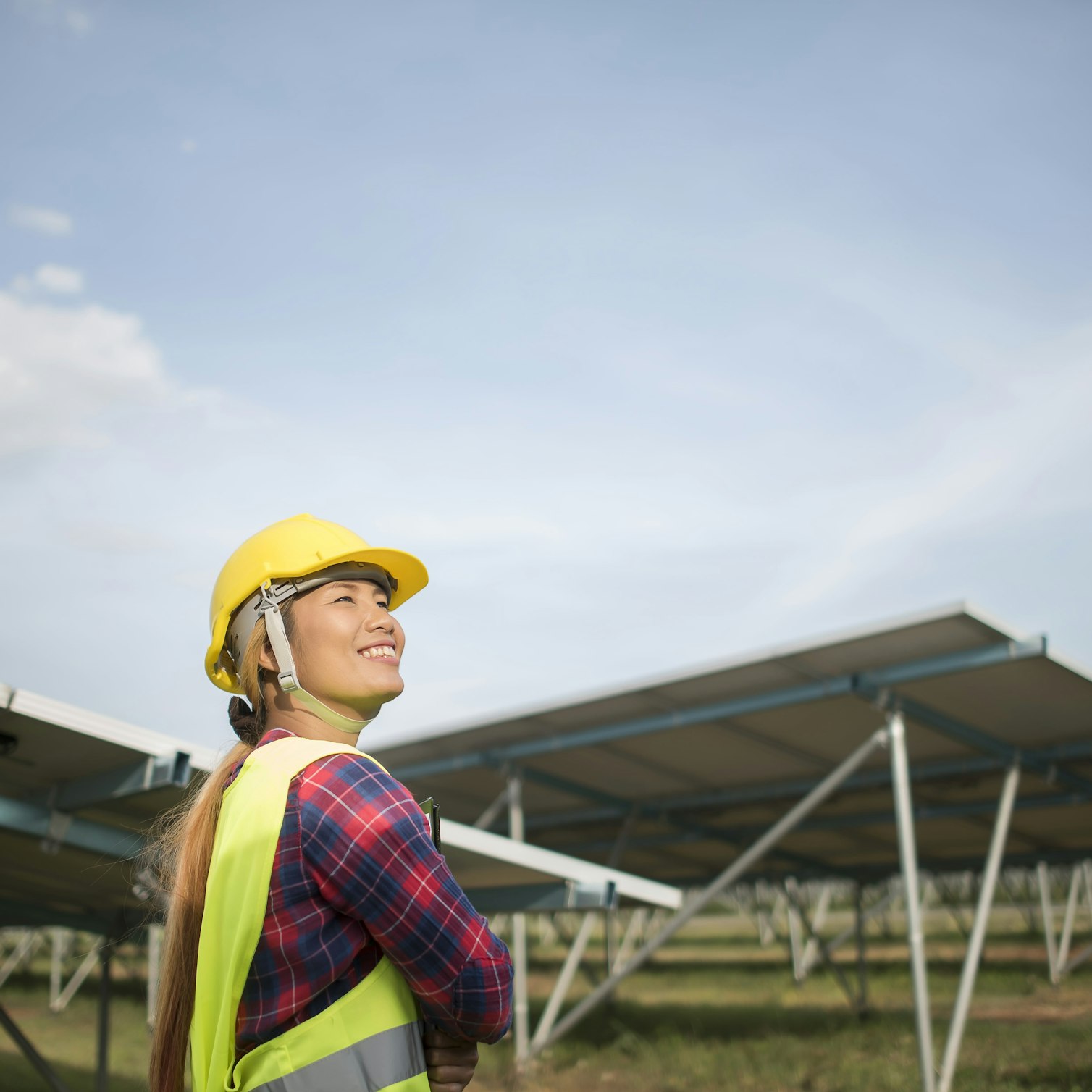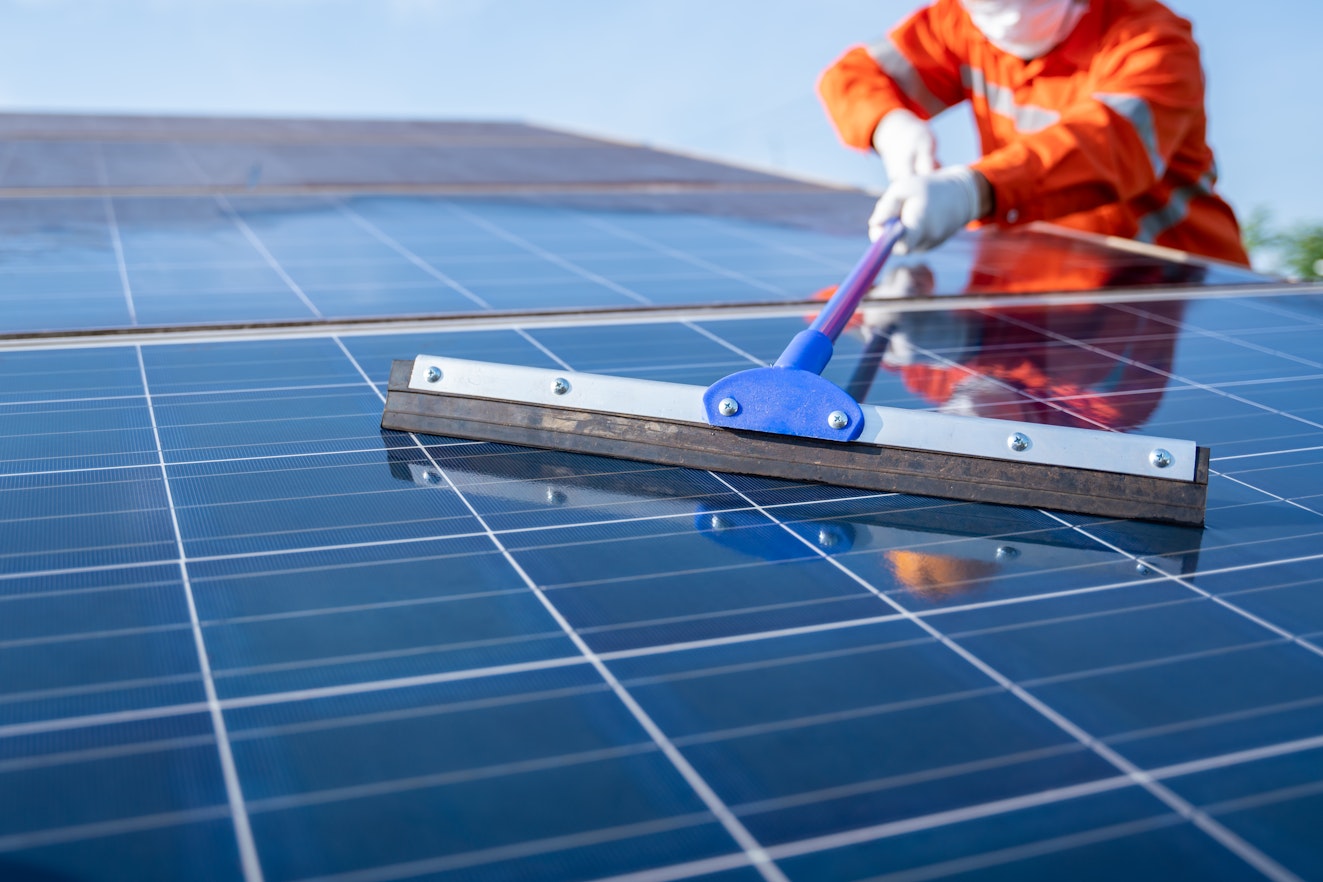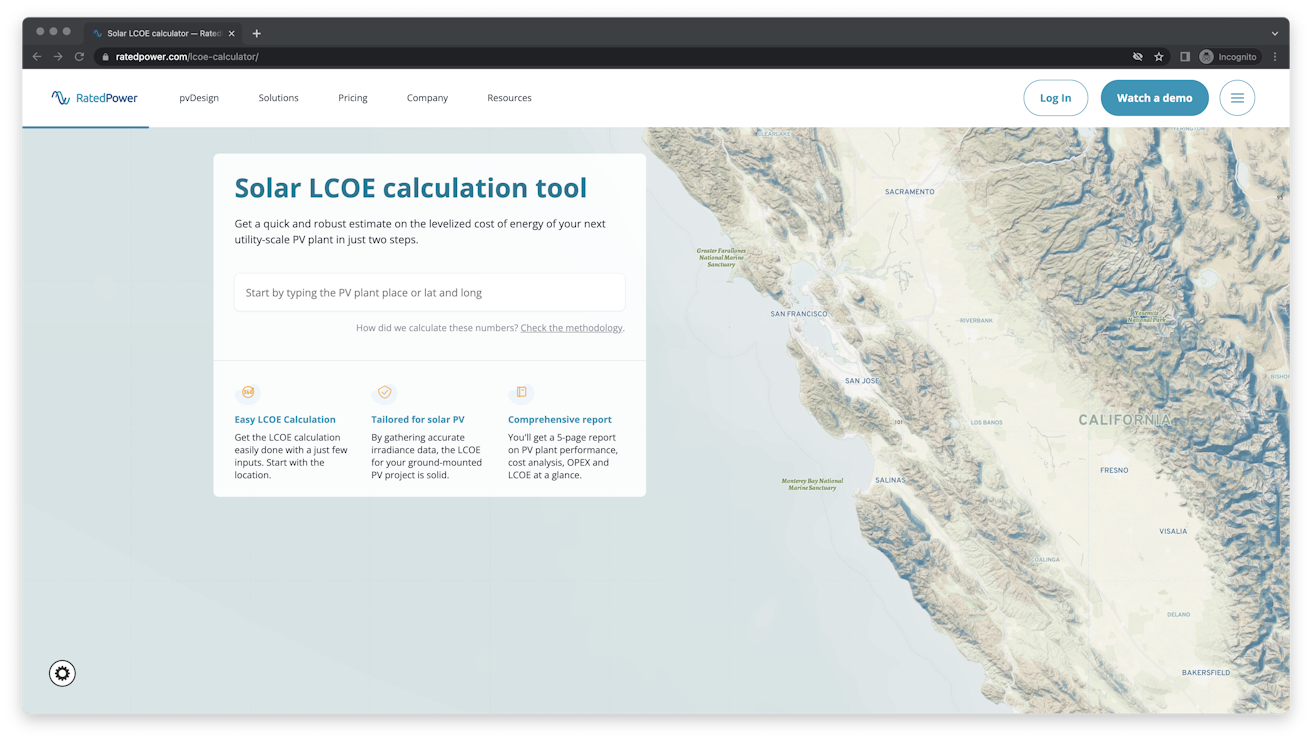- Solar energy blog
- A snapshot of solar O&M guidelines in different climates
A snapshot of solar O&M guidelines in different climates
Examine how solar O&M approaches vary from region to region, drawing key insights from the IEA PVPS report



Harnessing solar alongside other renewable energy sources is crucial to transitioning to a green and sustainable future. That said, both large and small-scale solar farms are complicated, specialist installations that require a great deal of upkeep and maintenance.
In order to take advantage of solar energy over the long term, there has to be solid infrastructure in place ensuring the safe and sustainable operations and maintenance (O&M) of solar projects across the globe.
In this article, we’ll dive into the solar O&M guidelines using the IEA PVPS report to highlight how utility-scale solar operations and maintenance (O&M) varies across regions and explore how we can keep our solar installations producing green energy far into the future.
Read on to find out more!

Solar site selection
It is first worth looking at the selection of a viable site for solar installations since the report is divided into recommendations based on four distinct climates: moderate, hot and dry, hot and humid, and deserts at high elevation.
Solar photovoltaic (PV) cells convert sunlight into electricity; to do so, they need a certain level of irradiance to be effective. Irradiance, or solar radiation, is a measure of how much solar energy hits a given site. It can be affected by the weather, the elevation, the topography of a site, and the sun’s strength in a chosen region, among other factors.
It is, therefore, crucial to ensure that solar installations are built in areas with high levels of solar irradiance to maximize the amount of electricity that can be generated. These sites are often located where there is a high amount of yearly sunlight and at high elevations where cloud cover and atmospheric disruptions are lower. Other elements, such as moisture levels in the air, are also considered as humidity will affect how well PV modules function.
Despite regional standards, there can be differences within sites within regions, so it is essential to highlight that there is no one-size-fits-all, and each solar project should tailor its operations and maintenance practices to adapt to its specific surroundings.
Now, let’s take a closer look at the approaches laid out in the report.
The IEA-PVPS Guidelines
We’ll now jump into the O&M guidelines for large-scale solar plants in the report created by the International Energy Agency Photovoltaic Power System Programme (IEA-PVPS). It sets recommendations for the O&M of solar PV installations in four climates: moderate (Europe), hot and dry, hot and humid (Southeast Asia), and deserts at high elevation.
Additionally, it includes guidance for extreme weather conditions such as flooding, snow, and cyclones.
Here are the key considerations for all the regions:
Four main Climates
Moderate (Europe)
Assessment of surrounding vegetation, wildlife, and farm animals
Regular grass-cutting and inspections of solar PV modules to clean and carry out maintenance
Deterioration that can stem from industrial environments
Selection of appropriate cleaning products
Hot and dry
Risks in remote sites: (anti-venom procedures, PPE, hydration, access, and travel to and from the site)
Animals that pose a risk to humans (venomous animals and insects) and those that can cause short-circuits or arc flashes in the solar equipment
Salt exposure and degradation to the modules, frames, junction boxes, and transmission cables caused by extreme changes in temperature
Hot and humid (Southeast Asia)
Wildlife, such as rodents, snakes, and termites that cause PV component and electrical system failures
Dust accumulation and rapidly growing plants
Implementation of cleaning systems to improve energy output in the PV system by 6-8%
Fire risks from field clearing
Adequate ventilation for inverters (especially during summer months)
Deserts at high elevation
Corrosive environments that have high salt exposure and water condensation
Degradation of modules, cables and cable ties, junction boxes, and mounting structures
Installation of systems designed to deal with high energy and radiation
Prevention of damage caused by animals (mainly rodents)
Maintenance of PV modules (responsible for 27% of failures) and inverters (responsible for 49% of failures)

Extreme Climates
Flood-prone
Avoidance where possible, as PV systems are not typically designed to withstand flooding
Procedure in the event of a flood. Switching off the plant in anticipation and only switching it back on after technical inspection
Flood damage to module mounting clips, PV modules, the lamination on panels, and potential uprooting of foundations - submerged inverters causing a short circuit and posing a fire hazard
Cyclonic Regions
Damage to PV modules, mounting racks, and glass from typhoons and cyclones
Compliance with national standards for wind loads in the USA, Japan, and the EU
Wind tunnel tests on structural connectors and uplift resistance of PV modules
Compliance with construction standards, maintenance of bolted connections, storage of sufficient repair parts, and removal of loose debris around the plant.
Snowy Regions
Heavy loads of snow that can damage modules and hinder the transmission of light to the cells
Complying with suggested snow accumulation limits on the panel (approximately 0.7m)
Use of materials such as steel racking over aluminum racking to avoid damage from extreme temperature fluctuation between seasons
Effective cleaning and clearing of snow, such as brushing to avoid scratching the glass
Investment in experimental PV modules that heat up with a controlled voltage to melt the snow
The report goes into more detail about monitoring and forecasting to stay ahead of these challenges. It looks at technical tools that can be used to assess and monitor plant efficiency and safety.
Get a quick and robust estimate of the levelized cost of energy of your next utility-scale PV project in just two steps with our Solar LCOE calculation tool.
Assessing performance and maintenance
It is essential to establish a clear framework by looking at PV power plant data to determine key performance indicators (KPIs), O&M contractor KPIs, and the contractual framework of such interactions, taking into account regional, national, and local differences.
The report delves deeper into PV plant operations, looking at performance monitoring guidelines, performance analysis and optimization, and requirements for grid compliance. It emphasizes the importance of forecasting and the safety considerations that need to be assessed when operating a PV plant.
It highlights that preventative maintenance takes precedence over corrective maintenance. Preventative maintenance is key to optimizing plant performance and reducing maintenance costs, stressing the need for appropriate maintenance services and advanced inspections.
A proactive approach is required to ensure that plants operate optimally and as safely as possible. A tailored approach is also important as all plants differ depending on their environment, region, size, and complexity. To learn more, you can find the full report here.
Although PV installations tend to require less maintenance than their fossil fuel counterparts, the report insists that maintenance is still necessary and that a flexible, proactive approach will help keep costs low and efficiency high. This also extends to forecasting to ensure that any downtimes are planned and mitigated as much as possible.
On top of this, a key point that is often overlooked is that staff should be trained and adequately equipped to handle the necessary O&M at their places of work. O&M can only be carried out safely and effectively by staff who know how to execute it.
If you’re designing a solar installation, RatedPower with Horizon Importer takes the guesswork out of site selection by allowing you to import the exact topography of your chosen site. Take a free product tour.
Latest stories
Related posts
Technology and engineering
Innovation in renewable energy: Developments expected in 2025
We look at the 10 biggest renewable industry developments that are making a green future possible, including perovskite solar cells, green hydrogen, and more.
Updated 18 MAR, 25

Market analysis
Breaking down solar farm costs: Free template inside
Updated 27 SEP, 21

Market analysis
Solar energy in Australia: a 2021 market analysis
Updated 11 MAY, 21

- RatedPower
- Solar energy blog
- A snapshot of solar O&M guidelines in different climates

